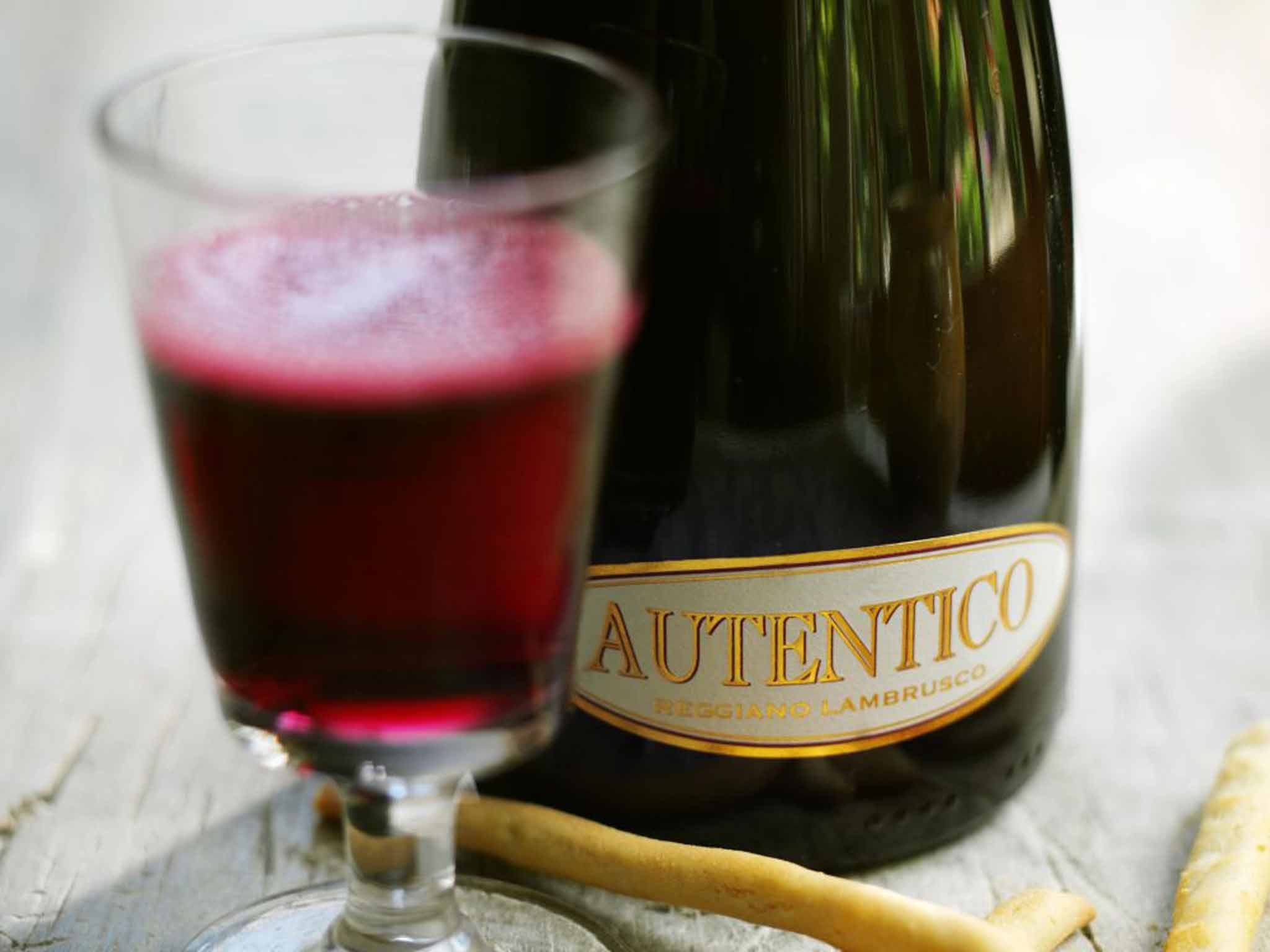Your support helps us to tell the story
From reproductive rights to climate change to Big Tech, The Independent is on the ground when the story is developing. Whether it's investigating the financials of Elon Musk's pro-Trump PAC or producing our latest documentary, 'The A Word', which shines a light on the American women fighting for reproductive rights, we know how important it is to parse out the facts from the messaging.
At such a critical moment in US history, we need reporters on the ground. Your donation allows us to keep sending journalists to speak to both sides of the story.
The Independent is trusted by Americans across the entire political spectrum. And unlike many other quality news outlets, we choose not to lock Americans out of our reporting and analysis with paywalls. We believe quality journalism should be available to everyone, paid for by those who can afford it.
Your support makes all the difference.It's hard for a drink to make a comeback if it never really went away. Particularly if it has lurked, since the Seventies, on the bottom shelf of local corner shops. Many of us probably think that we know Lambrusco; when we pop out for a pint of milk, it's easy to spot the lurid bottles of that sweet, fizzy wine that became synonymous with chintzy dinner parties and was then consigned to that corner of naffness in the collective consciousness, alongside West Coast Coolers and Babycham.
But this summer has seen a proliferation of hip restaurants and independent wine bars across the UK putting Lambrusco back on the menu. "We've stocked it for a couple of years and got a lot of wrinkled noses at the start," says Heidi Nam Knudsen, Yotam Ottolenghi's wine-buyer for his Ottolenghi and Nopi restaurants in London. "But this summer, sales have really exploded."
Lambrusco saw a resurgence in the US a couple of years ago, after a concerted American marketing push in 2012 which described it as "the love child of wine and Champagne, an intoxicating union of tannin and fizz". This inspired a spate of articles hailing it a "forgotten gem" and New York bars seized on the trend. But over here we've been too busy sipping Aperol Spritz – the ubiquity of which can also be traced to a PR drive in the US – to jump on the Lambrusco bandwagon, until now.
"It's no easy task to persuade customers that the Lambruscos in high-end restaurants these days are smaller-production, artisanal ones and a far cry from the sweet, sticky stuff of the past," Nam Knudsen says.
Lambrusco was feverishly popular in the 1970s and beyond – some 100 million litres of Lambrusco Bianco were being sold nationwide by the end of the Eighties – but it fell out of favour and decades on, its cloying aftertaste lingers.
"Remember that the Seventies and Eighties were the days when the UK utterly deserved its reputation for terrible food," says Tom Harrow, a wine blogger and founder of the website WineChap. "And our lack of tastebuds extended to wine." He points to the other big drinks of the era –Liebfraumilch, Black Tower, Blue Nun, Mateus Rose, Pink Lady – and suspects that Lambrusco was seen as the classier option "because it was Italian rather than German and thus more sexy and exotic".
But its popularity waned when, according to Nam Knudsen, people's palates began to improve. But now that Prosecco and rosé have had their moments in the sun, this fizzy red is poised to make a comeback. "Wine fashion is subject to trends and cycles and now that there's more focus on smaller producers, organic growers and natural wines, people are rediscovering wines that they swore they'd never drink again," Nam Knudsen says.
Eliza Flanagan serves Lambrusco at her Hackney restaurants Coppa and Lardo, and believes it is long overdue a revival. "There are roughly three categories of Lambrusco," she says, uncorking a bottle of Lambrusco di Sorbara Radice Paltrinieri (sold in Ottolenghi's online shop for £18.99). "There's the sickly, one-dimensional version in supermarkets, essentially a sparkling Jacob's Creek. There's quality crimson-red Lambrusco, rich and just off-dry. But this is the one that's really taking flight: a dryer, leaner, rose-hued wine with bucketloads of character."
My previous sips of Lambrusco were at a party as a teenager, purchased because I thought it looked sophisticated. I swiftly moved back to cider. The Radice, however, is a frothy, refreshing delight, the natural fermentation lends it an earthy taste along with a yeasty, bready note we associate with champagne. I find myself daydreaming of oily fish, scampi and scallops; all would be perfect with it.
"To me the great appeal is the low alcohol, the freshness and the simplicity," Nam Knudsen says. "The good acidity and clean finish also make it a great palate cleanser."
Lambrusco – the name of both the grape and the wine made from it – can be traced back to ancient times. It was mentioned by Virgil, Pliny, Cato, and Strabo, who was astonished by the size of the barrels made to contain the harvest. Now there are more than 60 sub-varieties of the grape and Italy has four lambrusco DOC's, or denominazione di origine controllatas: three in Emilia-Romagna and one in Lombardia.
While good-quality Lambrusco has remained consistently popular in Italy, rehabilitating the L word over here has been no easy task. Last summer, Flanagan pluckily put a Lambrusco on the menu after reading about its popularity in New York, only to discover, in September, that her only customer had been herself. This summer, sales are strong, and Flanagan credits a new wave of more adventurous drinkers.
Perhaps it's time to rethink, and re-drink, Lambrusco. Just don't serve it with rolled ham, pineapple rings and Chicken Maryland.

Join our commenting forum
Join thought-provoking conversations, follow other Independent readers and see their replies
Comments